Remember last week when we were soaking in the breathtaking views of Lantau? Fast-forward a few days, and I had traded cable cars departing the serene heights of Lantau’s wilderness for the concrete jungle of downtown Hong Kong. The transition was swift and, honestly, a little surprising! Let me take you along as I share my first impressions and discoveries in the heart of Hong Kong. First, I want to talk to you about the most famous vista in all of Hong Kong, Victoria Harbour, a place with a long and storied history. Then, I will have you join me on an old Chinese junk for a uniquely Cantonese experience where I sailed into the harbor itself for a short sightseeing cruise (with beer). Finally, I’ll share my thoughts on the new Palace Museum branch in the city while lightly reflecting on how it can be seen as a proxy of the increasing sinification of Hong Kong.
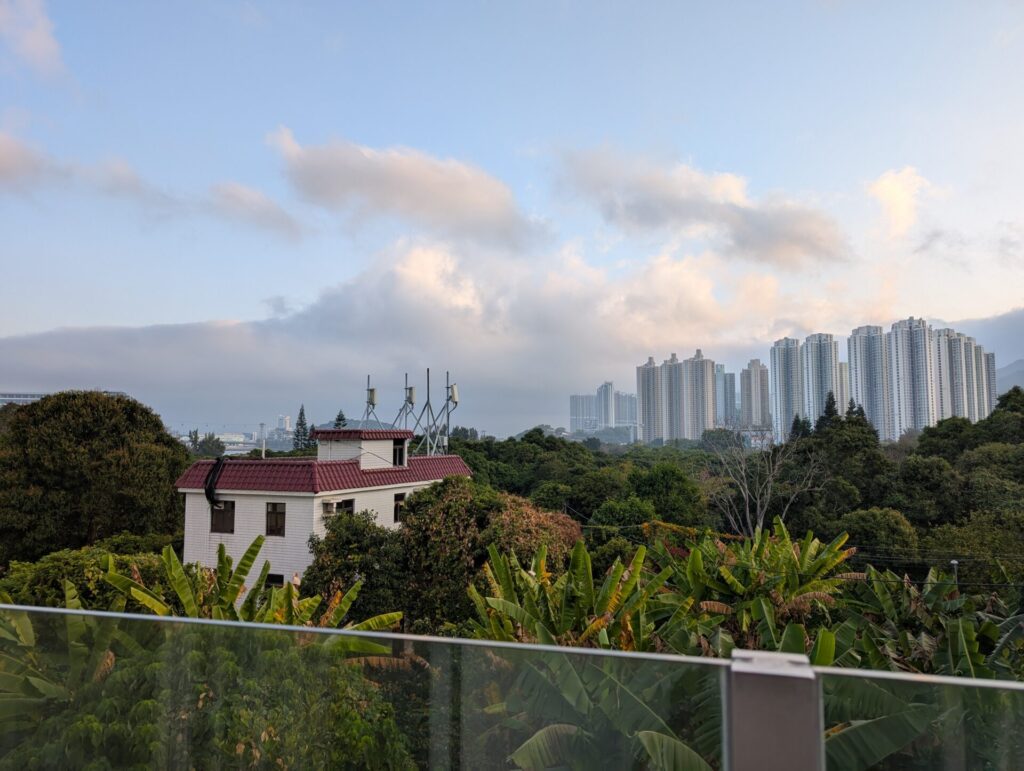
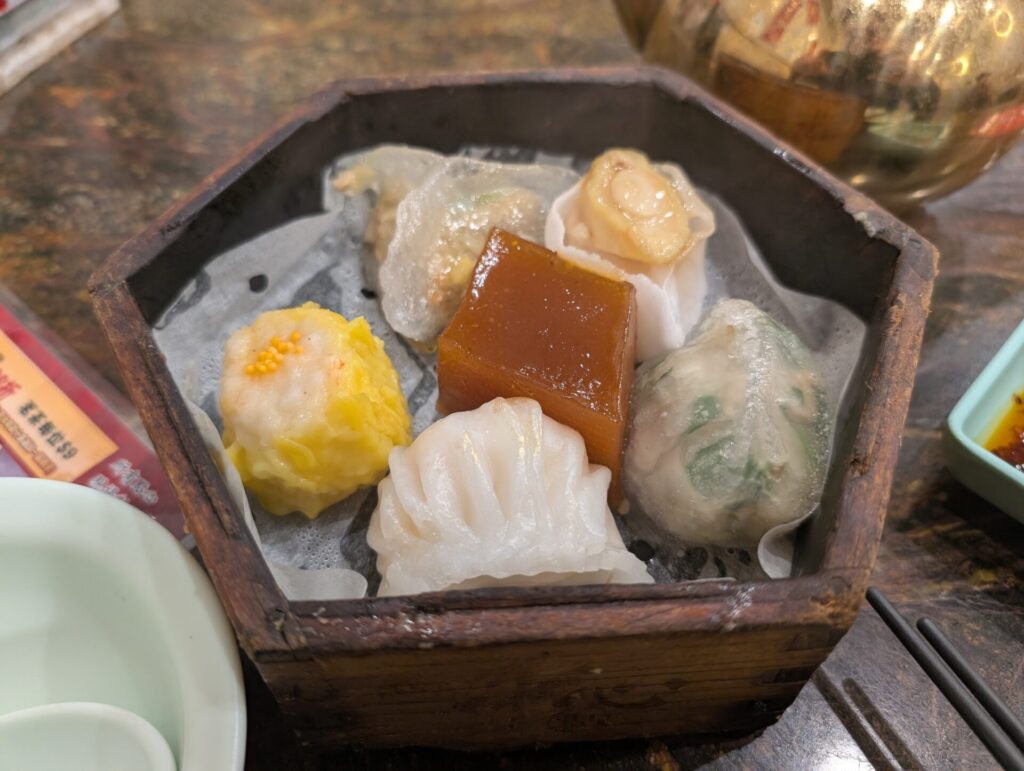
First up, let’s dive into the history of Victoria Harbour, which is, of course, the most famous view in Hong Kong. This bustling waterway, once a crucial trading hub for the British Empire, has witnessed the ebb and flow of global commerce for centuries. Today, it remains a vibrant symbol of Hong Kong’s dynamism, with the view across the harbor constantly evolving. Notably, a Chinese army garrison now punctuates the skyline alongside the Bank of China Tower, both stark reminders of the city’s shifting political landscape. Their presence, visible from the harbor’s edge, serves as a tangible representation of the mainland’s growing influence. Regardless of these political undercurrents, the harbor itself feels undeniably modern compared to the more underdeveloped, and admittedly less sleek, waterfronts of Taipei. Victoria Harbour exudes Hong Kong’s sense of cutting-edge urbanity. The towering skyscrapers, the constant movement of ferries and cargo ships, and the sheer scale of the infrastructure create a feeling of being at the epicenter of a global metropolis, a stark contrast to the often more intimate and traditional atmosphere found across the Taiwan Strait.
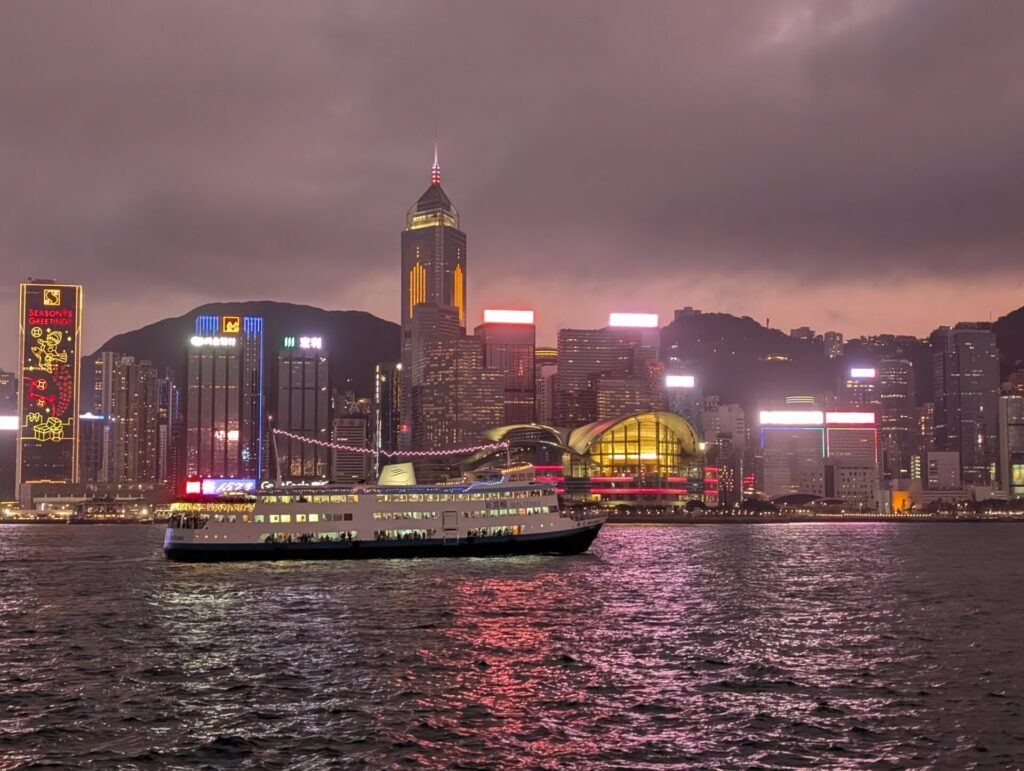
During my trip, I had the opportunity to take to the water myself during a sightseeing ride on the Dukling, a traditional Chinese junk (a type of boat). Stepping aboard this iconic vessel was a step back in time, offering a unique experience compared to the modern metropolis surrounding it. As we gently glided across the harbor, I settled into one of the wooden benches with a friend, cracked open a local beer, and simply soaked in the spectacle. The skyline, a dazzling display of architectural prowess, shimmered under the setting sun, a stark yet captivating contrast to the rustic charm of the junk itself which was built in the mid-20th century. With each sip of my beer, I felt a sense of tranquility wash over me, a moment of peaceful contemplation amidst the bustling energy of Hong Kong. The gentle rocking of the boat, combined with the panoramic views, provided a truly unforgettable Cantonese experience, a delightful pause in my exploration of the city’s vibrant heart, and something that I recommend to any visitor.
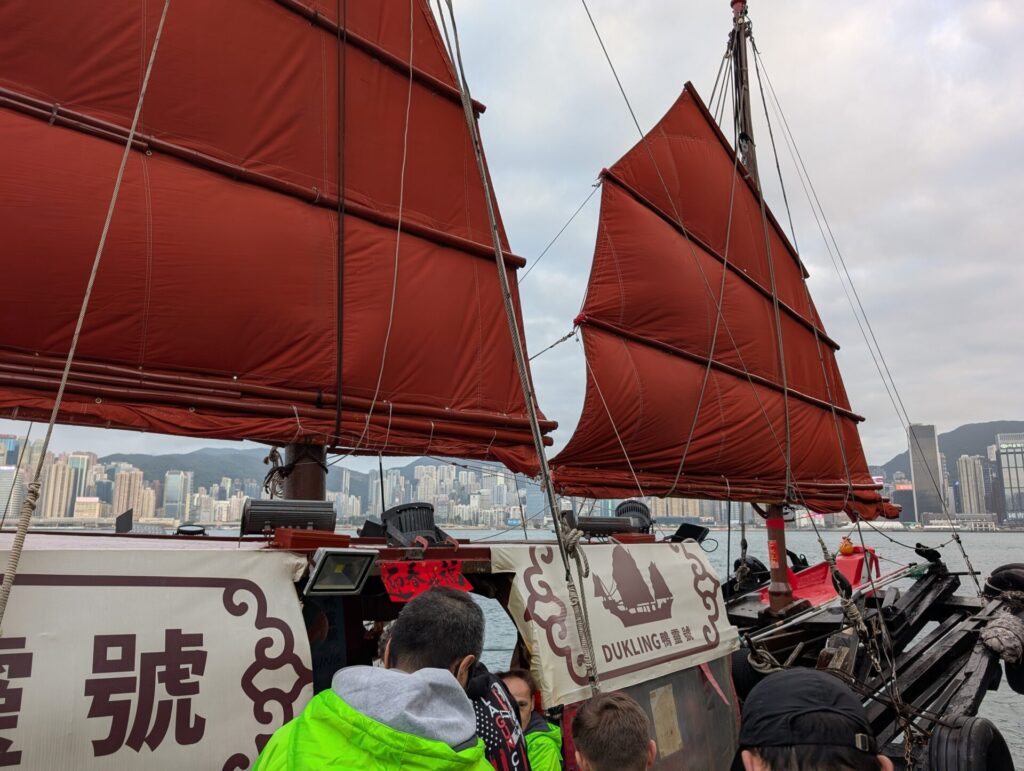

Moving from the timeless charm of the Dukling to the refined halls of the Palace Museum’s new Hong Kong branch (opened a few years ago to celebrate 25 years since the return of Chinese sovereignty to Hong Kong), I encountered a different facet of the city’s cultural landscape. This state-of-the-art museum, a striking architectural marvel in its own right, houses an impressive collection of artifacts from the Palace Museum in Beijing. Wandering through its galleries, I was struck by the sheer breadth and beauty of the imperial treasures on display, a testament to China’s rich history. However, the museum’s very presence in Hong Kong, and the prominence of mainland artifacts within it, inevitably raises questions about the city’s evolving relationship with Beijing. While a celebration of Chinese heritage, it also subtly underscores the growing influence of the mainland, serving as a tangible symbol of cultural integration – or, depending on one’s perspective, a proxy for the increasing sinification of Hong Kong. It’s a complex dynamic, where cultural exchange intertwines with political considerations, leaving me to ponder the delicate balance between Hong Kong’s unique identity and its place within the larger Chinese narrative. These thoughts became even more pronounced when I noticed the escalators running on the right in the museum, contrary to Hong Kong’s usual left-side traffic flow. Whether this was an oversight or an intentional decision I’ll leave for you to decide.
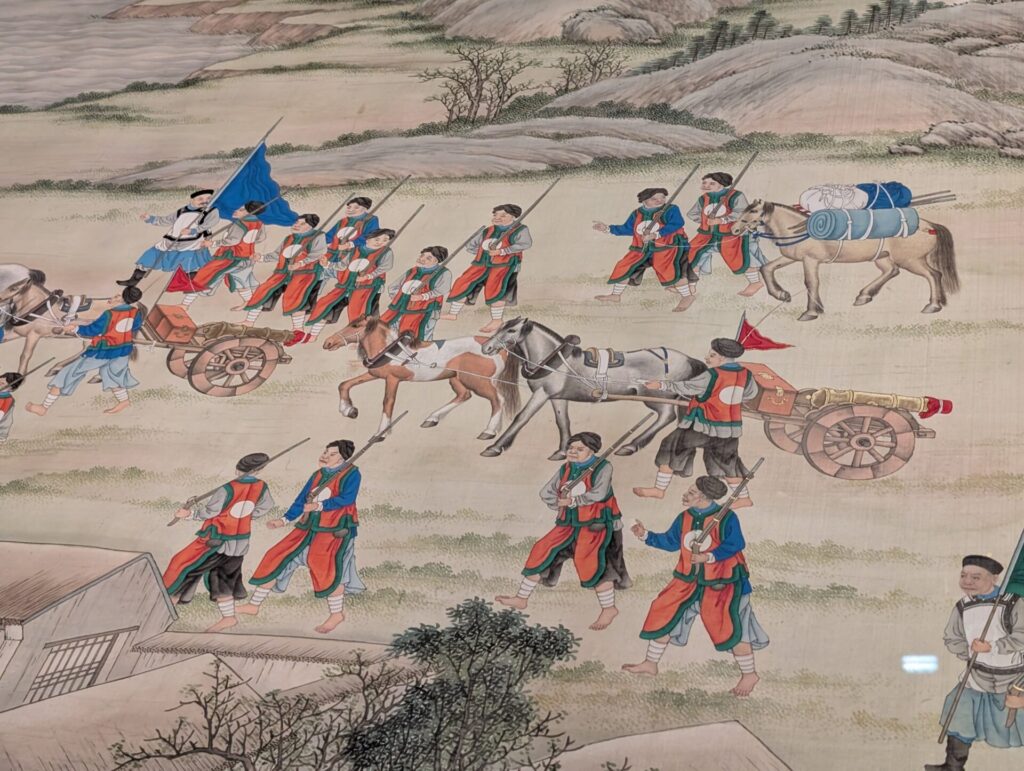
From the tranquil heights of Lantau Island to the bustling heart of Victoria Harbour, my journey through Hong Kong so far had been a captivating blend of natural beauty, cultural immersion, and political reflection. Whether enjoying a traditional junk boat ride or exploring the thought-provoking exhibits of the Palace Museum, I found myself constantly contemplating the delicate balance between tradition and modernity, autonomy and integration. Ultimately, Hong Kong’s allure lies in its dynamic energy, its captivating contrasts, and its ability to spark contemplation about its unique place in China and the wider world.
Next week I will continue covering Hong Kong and instead focus on the British influence, ever waning, that remains rooted in the city. This will be covered through the lens of my visit to the aptly named Victoria Peak which features the first funicular railway in all of Asia!
If you’ve enjoyed the thoughts I’ve shared so far, please feel free to ‘Comment’ on my posts. I read every comment and your engagement truly helps me as I develop this blog. Thank you for reading!

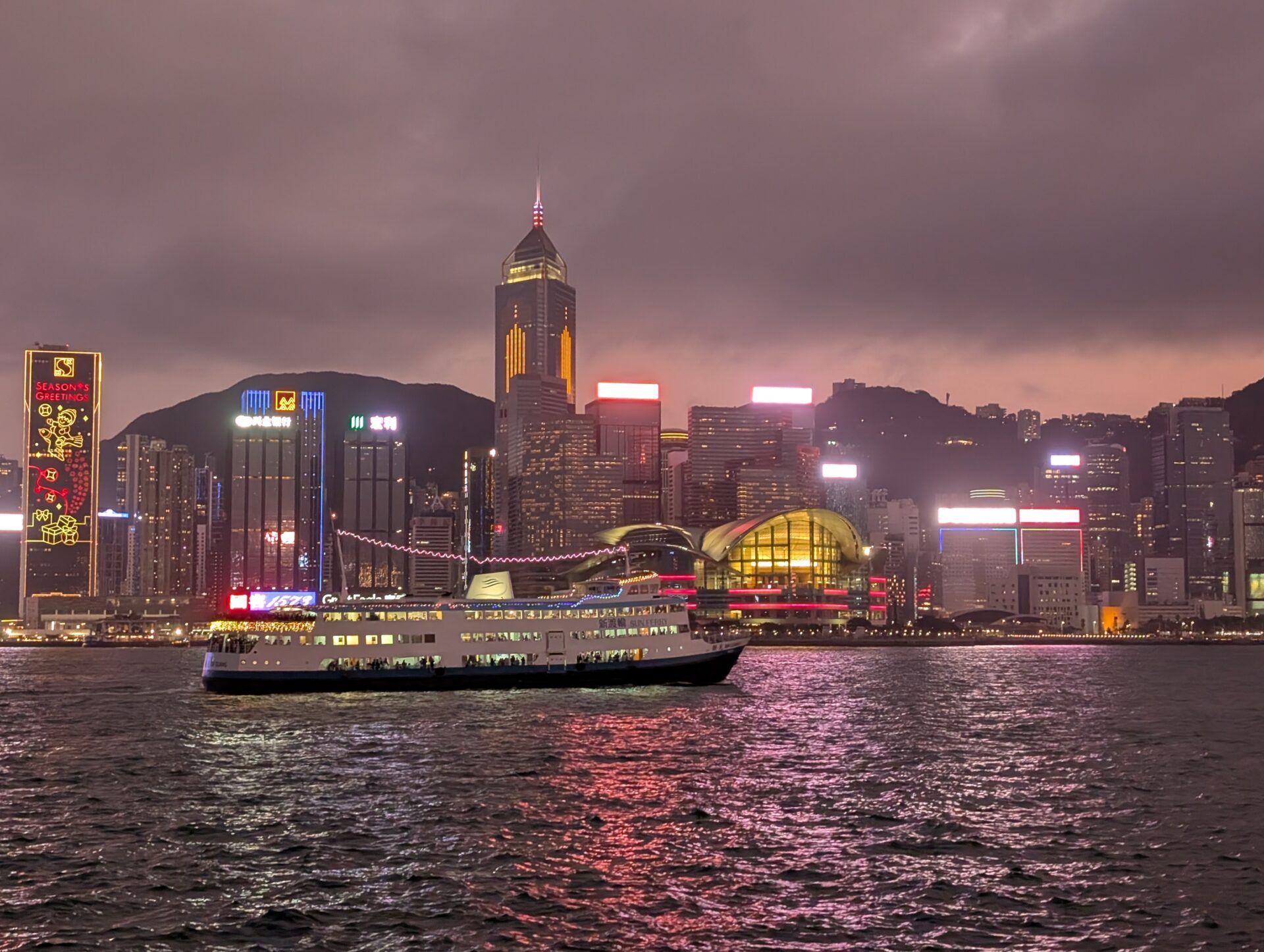
Leave a Reply